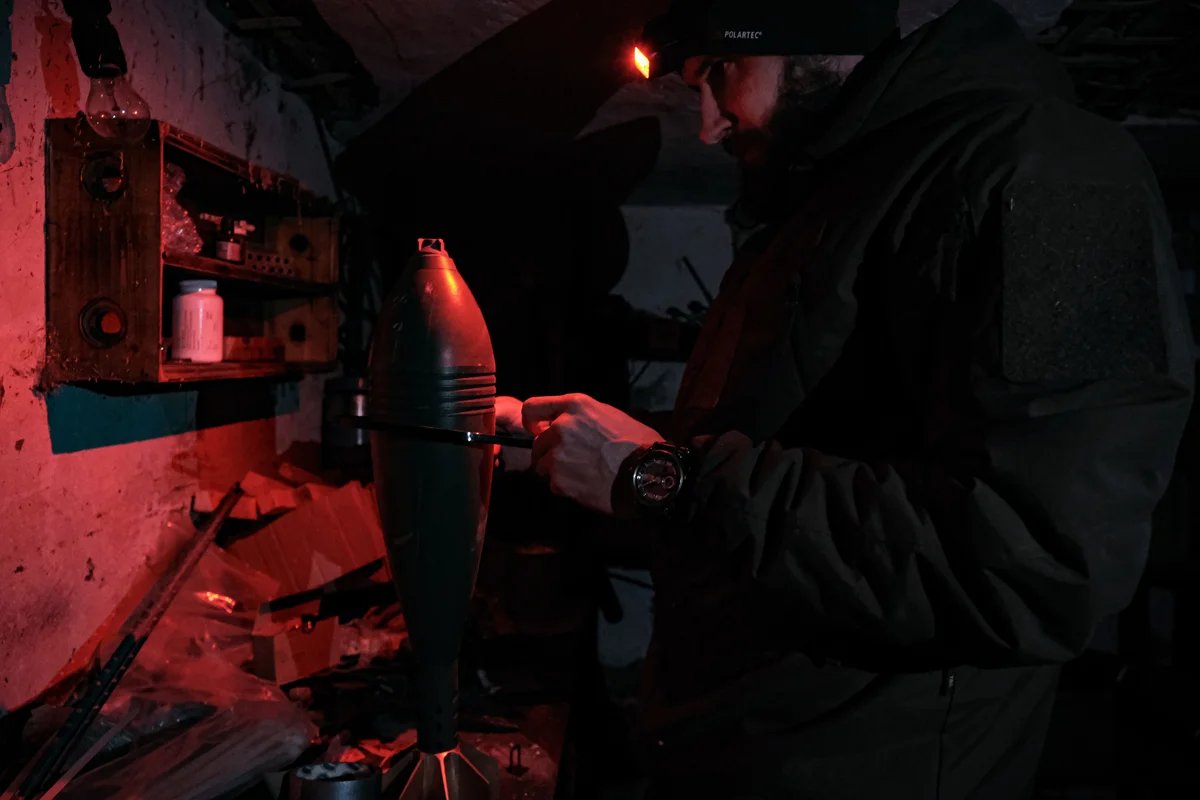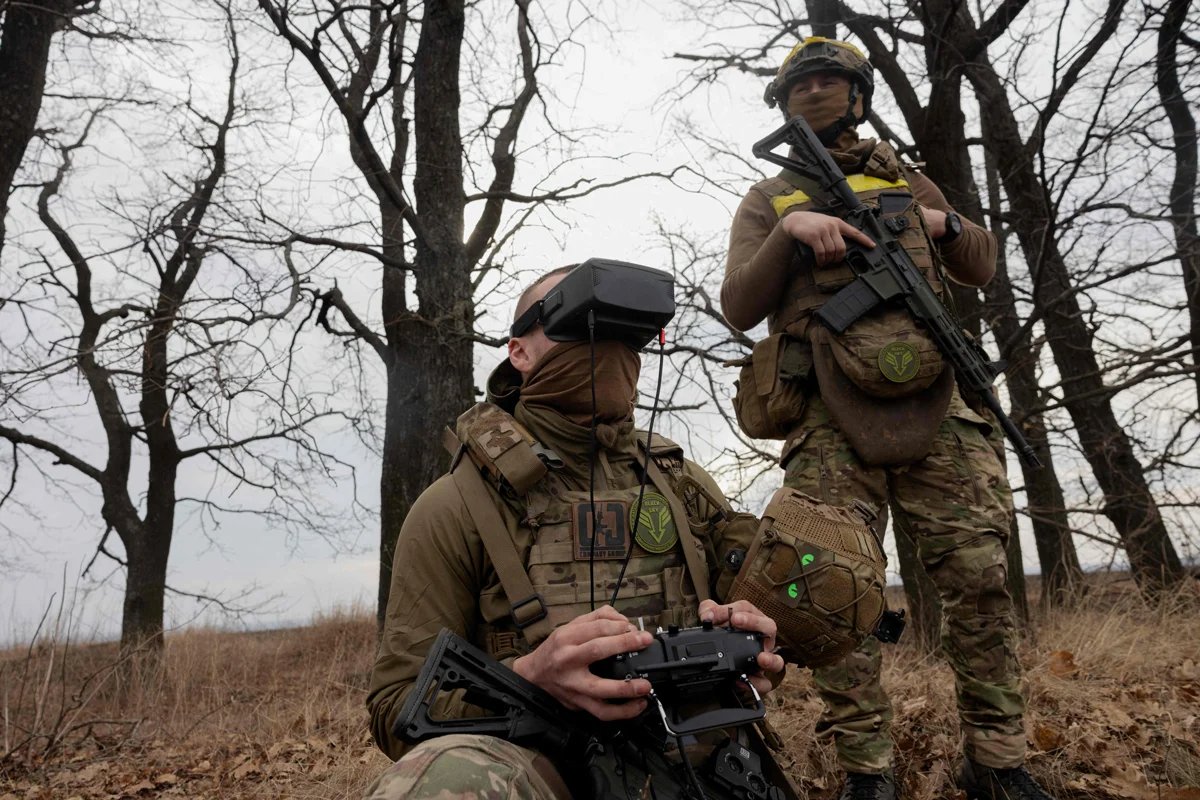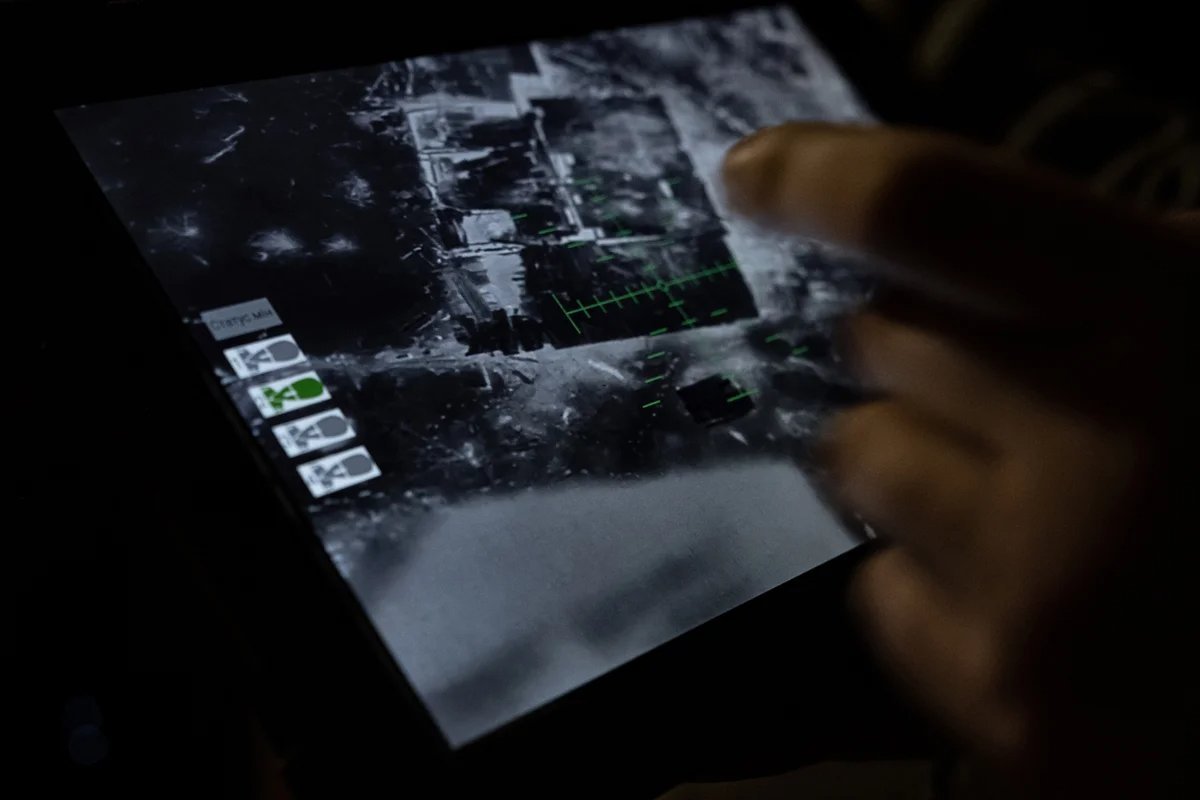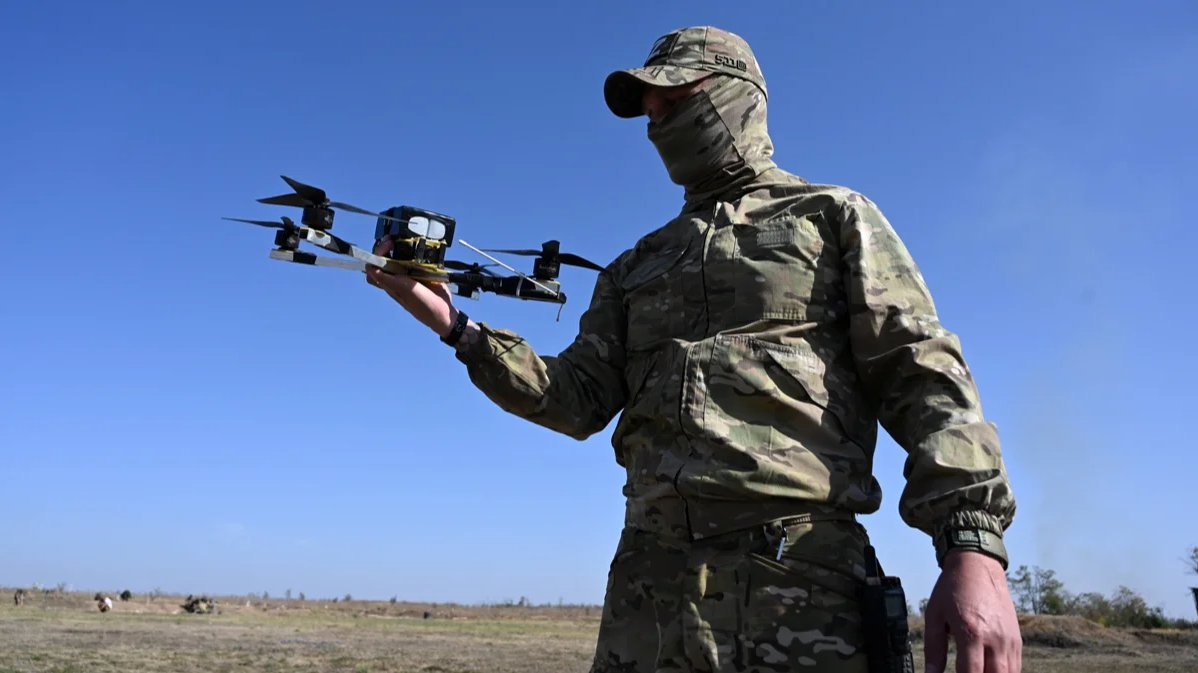In his 2015 book A Theory of the Drone, Grégoire Chamayou predicted an imminent revolution in warfare driven by the automation of weapons. That revolution may already be upon us.
According to Chamayou, the revolution would also lead to a change in military tactics, a key element of which would become the gathering and analysis of big data. Other military theorists speculated that swarming — the use of unmanned weapons communicating with each other in real time and making either semi- or fully-autonomous decisions — would effectively consign traditional military tactics, which are based on orders being handed down from on high, to the dustbin of history.
The assumption was that the future would involve a developed state’s high-tech army being pitted against less sophisticated opponents using traditional weapons, one contemporary example of which would be the US attacking Houthi positions in Yemen, to which the Houthis responded using far cheaper Iranian-made drones.
Ethicists have not been slow to point out the moral issues posed by humanity’s readiness to grant machines the right to kill in the name of efficiency. Perhaps unsurprisingly, a movement against killer robots has already sprung up.
Yet, the war in Ukraine didn’t initially match the template predicted by Chamayou, and there was, at least in the first years of the war, a notable absence of high-tech battles. Instead, the Russian military employed tactics seen in World War II, or even World War I, with columns of armoured vehicles, artillery barrages, soldiers taking refuge in trenches on the frontline and compact groups of assault soldiers launching attacks.
At least during the first years of the Russian invasion, the war of the future, in which human life is prized and drones are the main weapon, remained in the future.
However by 2025, both armies had created facilities for the mass production of drones, quickly saturating the frontline with them and becoming experts in their use. As such, the war today is radically different from how it was just three years ago, though this phenomenon has come about gradually, just as awareness of the transition has.

A Ukrainian technician prepares an explosive charge for a drone on the front line near Toretsk, Donetsk region, 16 February 2025. Photo: Maria Senovilla / EPA
War-porn footage from the frontline, a huge array of which is published by both the Russian military and the Armed Forces of Ukraine, show that by 2025, areas of high drone activity had become zones in which hunters hunt for equipment, fortified positions and even individual enemy soldiers.
Digging open trenches, as the infantry has done since the 19th century, now makes less and less sense, as troops taking refuge in them become sitting ducks for drone operators. Earlier this year, journalist Dmitry Durnev told Novaya Europe the story of a Ukrainian sniper whose expertise was fast becoming obsolete due to the widespread use of drones. More recently, Durnev described the defence of the Ukrainian city of Toretsk as infantry being swarmed over by drones emitting a constant hum and noting that, in contemporary warfare, a serviceman’s priority is always to seek shelter from aerial attack.
Soldiers can be forced to sit tight for weeks on end in such scenarios. Many who are wounded end up dying as evacuation is impossible due to drones actively seeking out medical convoys. The role of armoured vehicles and traditional 20th-century assault methods has noticeably decreased.

A Ukrainian serviceman operates a drone during an exercise in the Donetsk region, 10 March 2025. Photo: Tetyana Dzhafarova / AFP / Scanpix / LETA
The array of different drone types operating on the front line is huge. In addition to traditional reconnaissance drones, there are others that specialise in targeting a particular type of weapon, such as mortars. There are drones that drop grenades, and high-speed first-person view (FPV) drones that attack targets like kamikazes.
FPVs provide the most brutal footage of people being killed by operators many kilometres behind the frontline. Such footage is now commonplace in the fourth year of the war, and both Russian- and Ukrainian-language sites are now saturated with images of what’s left of a human being after such “hunting” operations.
Contrary to predictions, human life is still cheap, yet the tactical role of unmanned systems is still growing, creating a two-part army: those who hold the ground, hiding from constant threats from the air, and those who command drones, trying to take out assault groups and attack enemy strongholds. There is little heroism in this new war and individual courage is now reduced to a minimum.
The bloodbath in Ukraine is a huge data set on which soldiers will be trained to destroy each other even more effectively by delegating that responsibility to machines.
When Russian media outlets publish yet another obituary marking the “heroic death of a fellow countryman”, this usually means death by drone, meaningless even by the standards of this senseless war.
History has shown that any new type of weapon brings with it unrealistic expectations. The mass distribution of machine guns at the beginning of the 20th century was meant to make war unthinkable, as no one would send infantry troops to attack positions defended by them. In the 1930s, the belief was that future wars would take place solely in the sky. To some extent, this forecast was justified, given the scale of bombing of German industry and cities, and the importance of aircraft carriers in the Pacific. Finally, nuclear weapons were supposed to end all major wars between nuclear powers.
Renowned historian Edward Luttwak alluded to these historically inflated expectations in 2023, writing that the outcome of the war in Ukraine would not be decided by drones. But two years on, we can nevertheless say that drones have undoubtedly changed the rules of war.

A Ukrainian serviceman follows a drone’s progress on the front line near Toretsk, Donetsk region, 16 February 2025. Photo: Maria Senovilla / EPA
They may not have done so in the way predicted by futurologists, who had largely ruled out the possibility of full-scale war between two technologically equal armies. But a real revolution has taken place, despite it having largely slipped under the radar amid the daily reports from the frontline.
The data obtained from drones in Ukraine is not only used for propaganda. The telemetry and video can be analysed by both sides to take steps towards creating autonomous weapons using swarm tactics.
In terms of military artificial intelligence, the bloodbath in Ukraine is a huge data set on which soldiers will be trained to destroy each other even more effectively by delegating that responsibility to machines. Indeed, in May, Politico ran a story saying that “robot wars” had already begun in Ukraine.
This war, like all other wars — deprived of humanity and pushing the world into new high-tech conflicts that will in turn pump the world full of images of mangled bodies — must be stopped. But Russia’s dictator is clearly in no hurry on that front.
Join us in rebuilding Novaya Gazeta Europe
The Russian government has banned independent media. We were forced to leave our country in order to keep doing our job, telling our readers about what is going on Russia, Ukraine and Europe.
We will continue fighting against warfare and dictatorship. We believe that freedom of speech is the most efficient antidote against tyranny. Support us financially to help us fight for peace and freedom.
By clicking the Support button, you agree to the processing of your personal data.
To cancel a regular donation, please write to [email protected]

